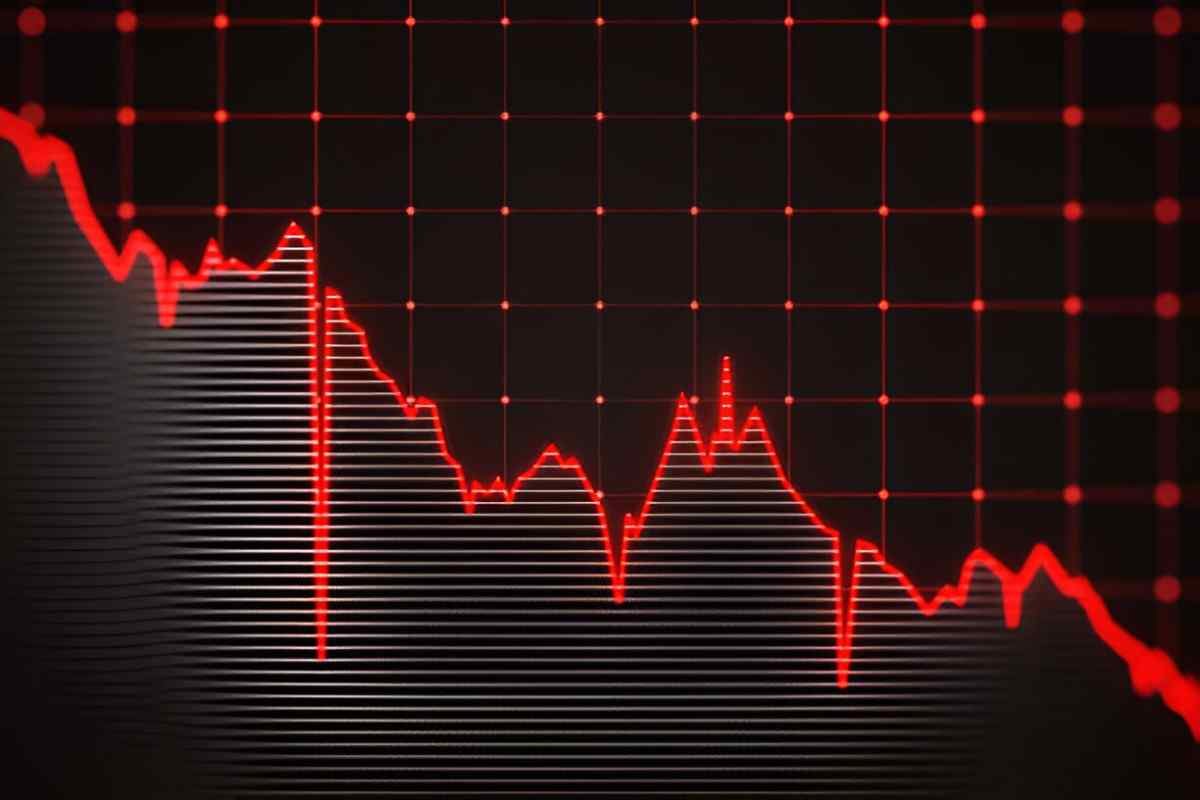Structural Break Theory is a cornerstone in econometrics and financial analysis, offering insights into how and why relationships between variables change over time. As someone deeply immersed in finance and accounting, I find this theory indispensable for understanding market dynamics, forecasting, and risk management. In this article, I will explore Structural Break Theory in detail, covering its mathematical foundations, practical applications, and relevance to the US economy. I will also provide examples, calculations, and comparisons to make the topic accessible and actionable.
Table of Contents
What Is a Structural Break?
A structural break occurs when there is a sudden shift in the relationship between variables in a time series model. This shift can result from economic crises, policy changes, technological advancements, or other significant events. For instance, the 2008 financial crisis caused a structural break in the relationship between housing prices and mortgage defaults in the US.
Mathematically, a structural break can be represented as a change in the parameters of a regression model. Consider a simple linear regression model:
y_t = \alpha + \beta x_t + \epsilon_tHere, y_t is the dependent variable, x_t is the independent variable, \alpha and \beta are parameters, and \epsilon_t is the error term. A structural break occurs if \alpha or \beta changes at a specific point in time.
Types of Structural Breaks
Structural breaks can be classified into three main types:
- Mean Shift: The average value of the series changes abruptly.
- Variance Shift: The volatility of the series changes.
- Parameter Shift: The coefficients in a regression model change.
For example, during the COVID-19 pandemic, US unemployment rates experienced a mean shift, while stock market volatility saw a variance shift.
Detecting Structural Breaks
Detecting structural breaks is crucial for accurate modeling and forecasting. Several statistical tests are available, including:
- Chow Test: This test checks for a structural break at a known point in time.
- Bai-Perron Test: This test identifies multiple unknown breakpoints.
- CUSUM Test: This test detects gradual changes in parameters.
Let’s consider an example using the Chow Test. Suppose we have quarterly GDP data from 2000 to 2020 and suspect a break during the 2008 financial crisis. The Chow Test compares the sum of squared residuals from two separate regressions (before and after 2008) to the sum of squared residuals from a single regression.
F = \frac{(RSS_{pooled} - (RSS_1 + RSS_2)) / k}{(RSS_1 + RSS_2) / (n_1 + n_2 - 2k)}Here, RSS_{pooled} is the residual sum of squares from the pooled regression, RSS_1 and RSS_2 are the residual sums of squares from the two subsamples, k is the number of parameters, and n_1 and n_2 are the sample sizes.
Implications of Structural Breaks in Finance
Structural breaks have profound implications for financial modeling and decision-making. For instance, ignoring structural breaks can lead to:
- Inaccurate Forecasts: Models that fail to account for breaks may produce unreliable predictions.
- Misleading Risk Assessments: Volatility shifts can distort Value-at-Risk (VaR) calculations.
- Inefficient Portfolios: Asset correlations may change, rendering portfolio optimization strategies ineffective.
Consider the US stock market. The correlation between tech stocks and the broader market shifted after the dot-com bubble burst in 2000. Investors who ignored this structural break suffered significant losses.
Structural Breaks and US Economic Policy
US economic policies often induce structural breaks. For example, the Federal Reserve’s decision to lower interest rates during the 2008 crisis altered the relationship between interest rates and inflation. Similarly, tax reforms can cause structural breaks in consumer spending patterns.
To illustrate, let’s analyze the impact of the Tax Cuts and Jobs Act of 2017 on corporate investment. Suppose we estimate the following regression model:
I_t = \alpha + \beta_1 TC_t + \beta_2 GDP_t + \epsilon_tHere, I_t is corporate investment, TC_t is a dummy variable for the tax cut (1 after 2017, 0 otherwise), and GDP_t is GDP growth. A significant \beta_1 would indicate a structural break caused by the tax cut.
Practical Applications in Accounting
In accounting, structural breaks can affect financial statement analysis and valuation. For example, a company’s revenue growth rate may change after a merger or acquisition. Ignoring this break can lead to incorrect valuations.
Consider a company whose revenue follows the model:
R_t = \alpha + \beta t + \epsilon_tIf a merger occurs at time t^*, the model becomes:
R_t = \alpha_1 + \beta_1 t + (\alpha_2 - \alpha_1) D_t + (\beta_2 - \beta_1) t D_t + \epsilon_tHere, D_t is a dummy variable (1 for t \geq t^*, 0 otherwise). The coefficients \alpha_2 and \beta_2 capture the post-merger dynamics.
Challenges in Structural Break Analysis
While structural break theory is powerful, it has limitations:
- Data Requirements: Detecting breaks requires sufficient data, which may not always be available.
- Model Complexity: Incorporating breaks can make models more complex and harder to interpret.
- False Positives: Statistical tests may incorrectly identify breaks due to random fluctuations.
For example, during periods of high volatility, the Bai-Perron Test may detect spurious breaks.
Conclusion
Structural Break Theory is a vital tool for understanding changes in economic and financial relationships. By detecting and modeling these breaks, we can improve forecasts, manage risks, and make better decisions. In the US context, structural breaks are often driven by policy changes, economic crises, and technological advancements. As someone who has worked extensively in finance and accounting, I believe mastering this theory is essential for navigating today’s dynamic markets.





